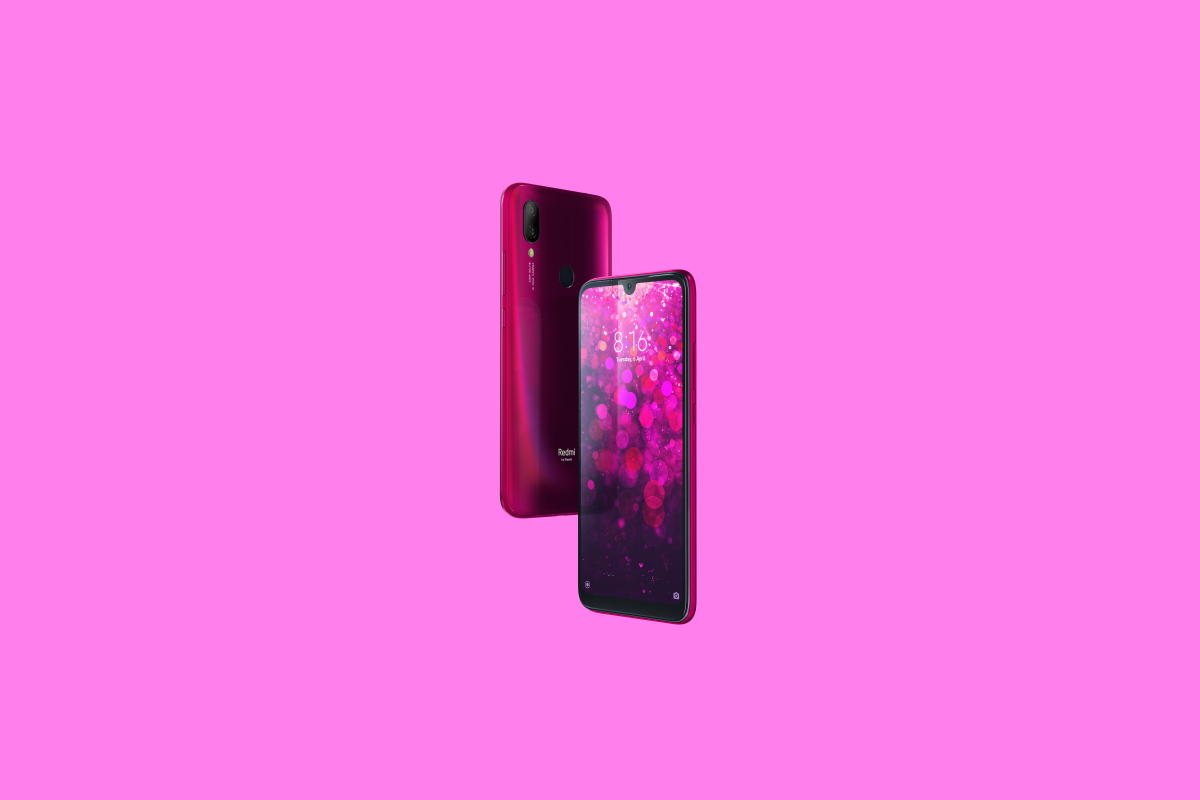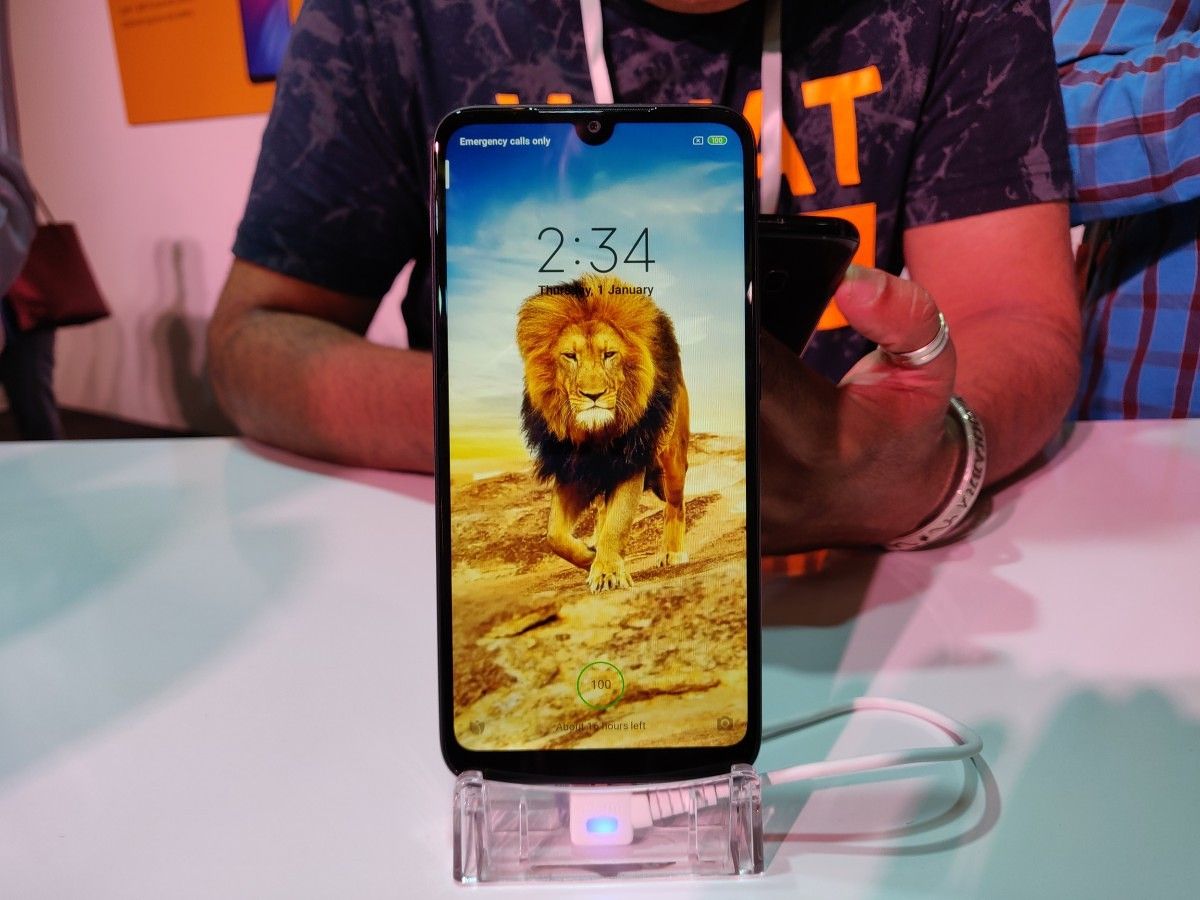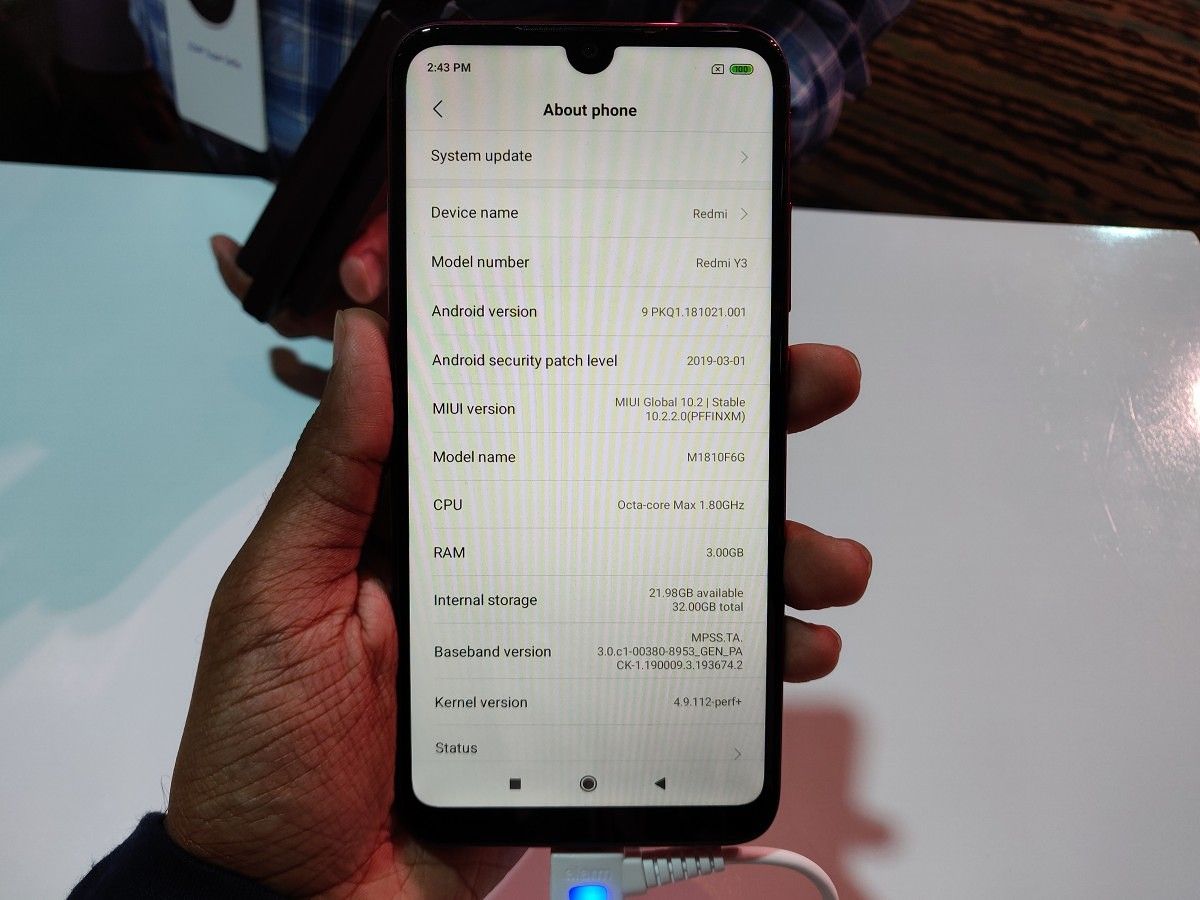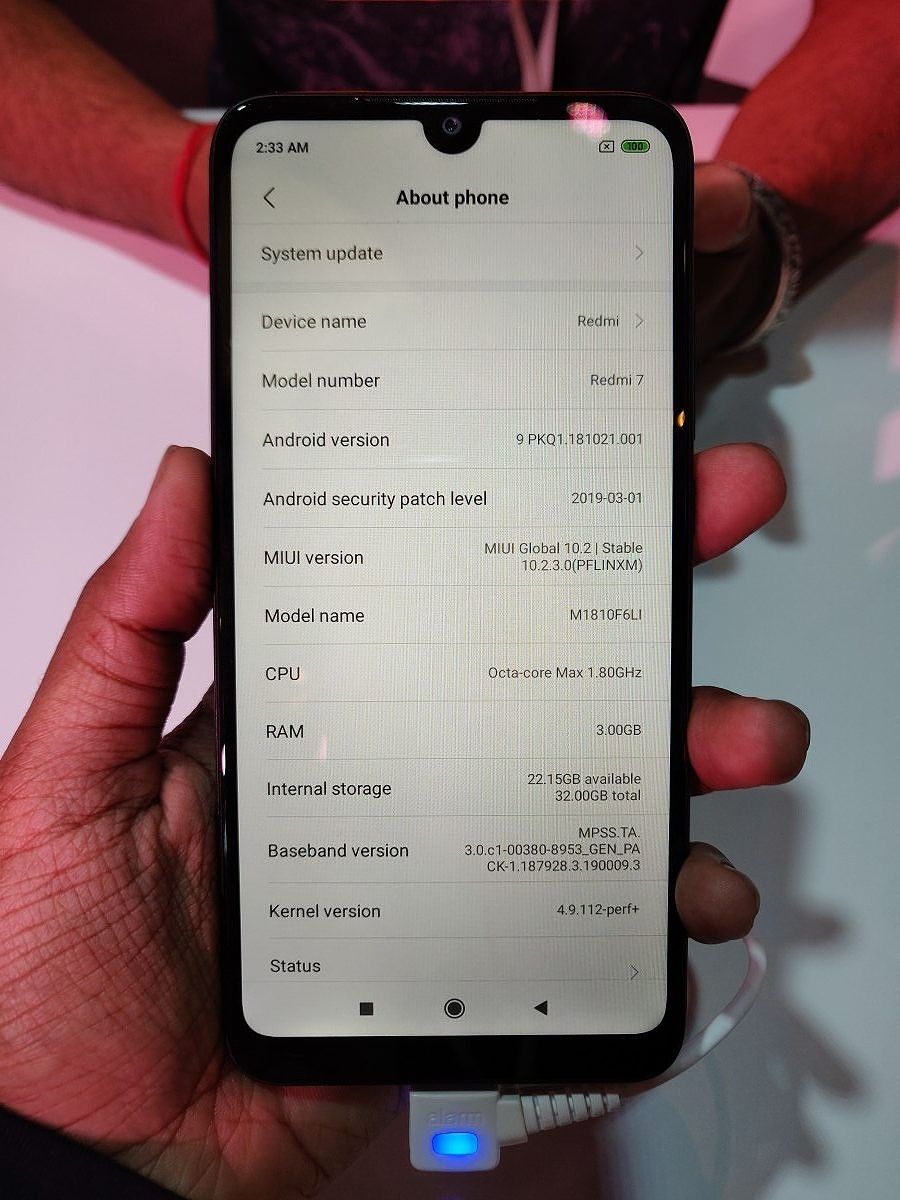The budget segment of the Indian market is one of the most competitive smartphone segments, where many have perished trying to hunt for success. Xiaomi has dominated this segment in recent years, but it does so against stiff competition from competitors like Samsung, Oppo, Vivo, Asus, Motorola and now recently, through Realme. For Xiaomi, the original Redmi-series represents the most value-oriented purchase decisions across their lineup, while the Y-series focuses on providing an enhanced camera experience for those who prioritize selfie capabilities in a phone. At an event in Delhi, Xiaomi has launched the Redmi Y3 as well as the Redmi 7 in India, bringing in upgrade to these two segments.
Xiaomi Redmi Y3
|
Specification |
Xiaomi Redmi Y3 |
|---|---|
|
Dimensions and Weight |
158.7 x 75.6 x 8.5 mm;180g |
|
Display |
6.26" HD+ (720 x 1520) LCD, 19:9;Waterdrop notch;Corning Gorilla Glass 5 |
|
SoC |
Qualcomm Snapdragon 632:4x Kryo 250 Gold @ 1.8Ghz + 4x Kryo 250 Silver @ 1.8GHz;Adreno 506 |
|
RAM and Storage |
3GB + 32GB;4GB + 64GB;Expandable through dedicated microSD card slot |
|
Battery |
4,000 mAh |
|
USB |
microUSB |
|
Rear Camera |
12MP, f/2.2, 1.25μm pixels + 2MP depth sensor;1080p60 Video Recording |
|
Front Camera |
32MP, 1.6μm pixels, Auto HDR;FHD Video Recording with EIS |
|
Android Version |
MIUI 10 based on Android 9 Pie |
The Xiaomi Redmi Y3 was predicted by us to be the "Pro" version of the Redmi 7 based on device codenames. And as it turns out, the devices are very similar to each other, with major differences being in the front camera, storage and RAM configurations and the color of the device. Both the phones continue to feature a IR Blaster, a 3.5mm headphone jack, a rear fingerprint sensor, and splash-proof P2i hydrophobic nano-coating.
Much like several recent Xiaomi devices, the Redmi Y3 comes with a waterdrop notch, housing the highlight feature of this device: the 32MP front camera. The device is clearly targeted at influencers, social media enthusiasts and TikTok celebrities, and it packs in plenty of features in the selfie department to be a good match for its target audience. The 32MP front camera boasts of features like AI Beautify, AI Portrait Selfies, auto HDR, screen flash, palm gesture shutter button, and Full HD video recording with EIS for those vlogging needs. The phone also utilizes Pixel Binning technology for improved low light selfie photography.
The rear camera on the device features a 12MP shooter, complemented with a 2MP secondary camera for improved edge detection for portrait mode shots. There's also AI based portrait mode, AI scene detection, and Google Lens functionality built-in. For videos, the rear camera can take 1080p 60fps videos, and also features EIS.
Xiaomi is choosing to stick with an older Qualcomm SoC, the Qualcomm Snapdragon 632 on the Y3. The SoC is decent on its own, but it of course does not size up to the Qualcomm Snapdragon 660 and Snapdragon 675 that are present on the Redmi Note 7 and Redmi Note 7 Pro. Of course, this is not as big of an issue, as the devices are targeted at different audiences. Those who wish to get more performance can opt for the Redmi Note lineup, while those who do not particularly care about it but prefer better selfie performance can go for the Redmi Y3. While I do not personally see myself using the Redmi Y3 over the Redmi Note 7 Pro, I appreciate the variety it brings to Xiaomi's device portfolio.
The Xiaomi Redmi Y3 comes in Elegant Blue, Bold Red and Prime Black colors. It will be available for ₹9,999 for the 3GB + 32GB variant, while the 4GB + 64GB variant will cost you ₹11,999. The device will have its first sale on April 30, 2019 across Mi.com, Amazon.in and in Mi Home stores. The phone will also make its way to Mi Studio, Mi Stores and Mi Preferred Partners stores. Users on Airtel can get up to 1120GB 4G data on their Redmi Y3.
Xiaomi Redmi 7
|
Specification |
Xiaomi Redmi 7 |
|---|---|
|
Dimensions and Weight |
158.7 x 75.6 x 8.5 mm;180g |
|
Display |
6.26" HD+ (720 x 1520) LCD, 19:9;Waterdrop notch;Corning Gorilla Glass 5 |
|
SoC |
Qualcomm Snapdragon 632:4x Kryo 250 Gold @ 1.8Ghz + 4x Kryo 250 Silver @ 1.8GHz;Adreno 506 |
|
RAM and Storage |
2GB + 32GB;3GB + 32GB;Expandable through dedicated microSD card slot |
|
Battery |
4,000 mAh |
|
USB |
microUSB |
|
Rear Camera |
12MP, f/2.2, 1.25μm pixels + 2MP depth sensor;1080p60 Video Recording |
|
Front Camera |
8MP |
|
Android Version |
MIUI 10 based on Android 9 Pie |
The Redmi 7 comes off as no surprise, as the device had been launched in China previously. The highlight feature of this device is its pricing and value, as it offers some decent specifications for an aggressive price. This has always been the case with the Redmi series, and the Redmi 7 does not disappoint in that regard.
As mentioned before, the Redmi 7 is basically the "standard" variant of the Redmi Y3. All you lose out is the 32MP front camera, as it gets swapped out in favor of a more basic 8MP front camera.
The Xiaomi Redmi 7 will be available for ₹7,999 for the 2GB + 32GB variant, while the 3GB + 32GB variant will cost you ₹8,999. The phone will be available in Comet Blue, Lunar Red and Eclipse Black colors. First sale for the device is scheduled for April 29, 2019 across Mi.com, Amazon.in and in Mi Home stores. The phone will also make its way to Mi Studio, Mi Stores and Mi Preferred Partners stores. Users on Reliance Jio can get up to ₹2,400 cashback and double data for up to 4 years data on their Redmi 7.
The Xiaomi Redmi Y3 and Redmi 7 are decent upgrades over their predecessors. While the Redmi Note 7 Pro still reigns supreme within Xiaomi's product lineup for its performance quotient, the Y3 and 7 target different audiences, and they appear to be doing a pretty good job at it.
What are your thoughts on the Redmi Y3 and the Redmi 7? Let us know in the comments below!




